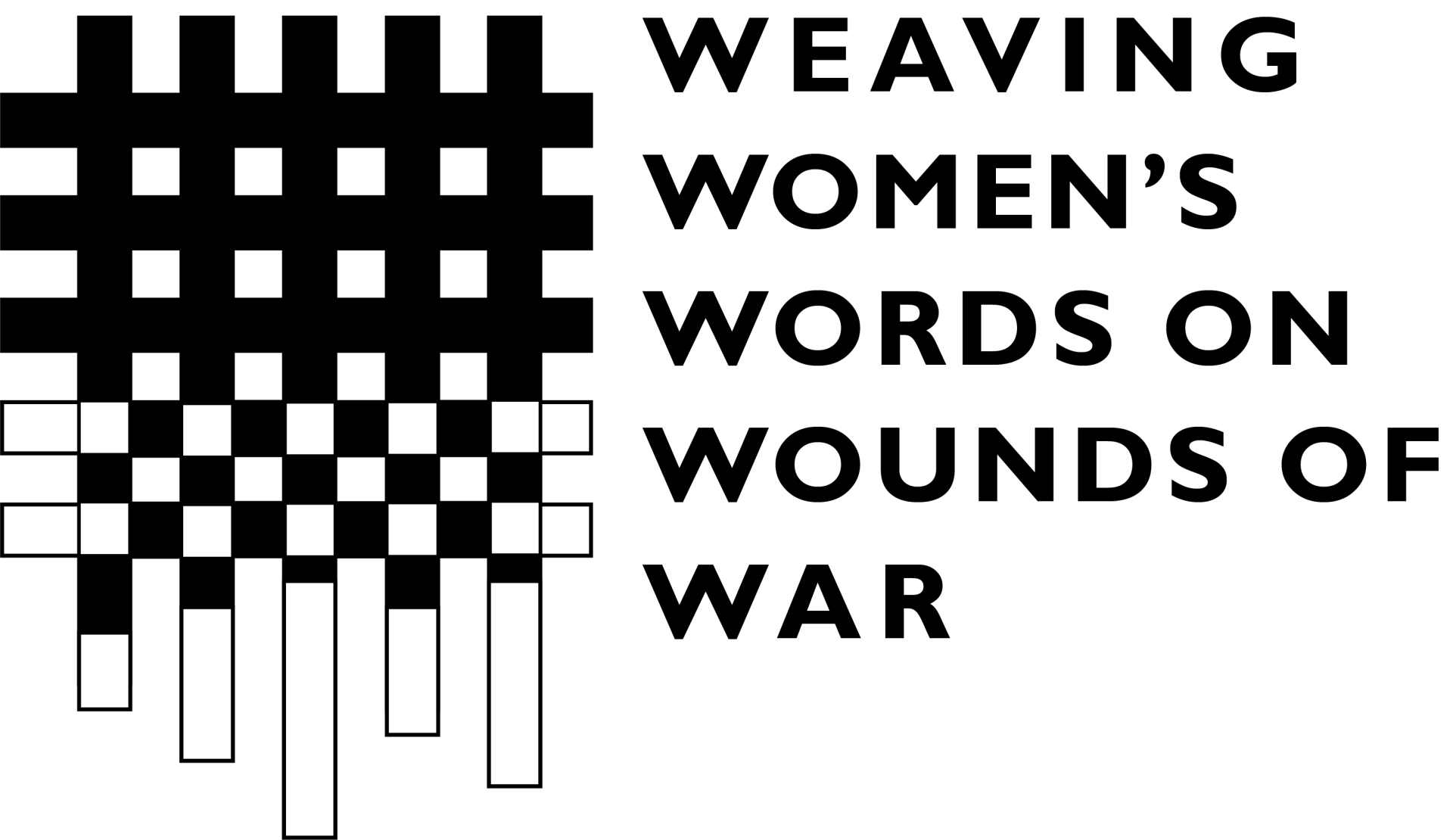In this venture of taking stock of
a discursive past, it is vital to include
a perspective that considers gender.
This gender perspective attempts
to answer, among many queries:
Does massive human rights violations and
direct violence have a gender dimension?
Where were the women and the men and
what have been their experiences?
When reconstructing narratives,
whose voices do experts
and authorities include?
In designing transitional justice measures,
with whom do policy-makers usually
provide redress?
If women and men experienced
human rights violations differently,
are translators and storytellers at risk of
constructing a divided memoriolization?
TRANSITIONAL JUSTICE IS A VARIETY OF
PROCESSES AND STRATEGIES WHEREIN
A SOCIETY COMES TO TERMS WITH PAST
CRIMINAL MASS ATROCITIES,
USUALLY COMMITTED DURING PERIODS OF
ARMED CONFLICT OR OF AUTHORITARIAN REGIME.
Gender
and
Transitional
Justice
During Martial Law, rape,
abduction and sexual slavery,
enforced disappearance
and sexual abuse, forced marriage
to perpetrators, and abandonment
were said to have been committed
against numerous women. One of
the narratives shared during the
TJRC Listening Process was that
of the 1974 Malisbong Massacre,
where girls and women
were allegedly brought into
navy boats, raped while in captivity,
and their bodies thrown overboard
after they had been killed.
In another TJRC Listening Process,
participants in Sibugay alleged that
women were taken from their families
and held in navy boats docked
in the ports of Labangan and Ipil,
and supposedly suffered from
sexual slavery. According to the TJRC,
a formal investigation of these
various forms of sexual and
gender-based violence (SGBV)
committed during this period
"is warranted to ensure accountability
for past abuse and to prevent
the recurrence of such violations
in the future."
THE TJRC UNRAVELED PATTERNS OF HUMAN RIGHTS VIOLATIONS AGAINST WOMEN
BEFORE MARTIAL LAW IN SEVERAL COMMUNITIES IN LANAO DEL NORTE AND
LANAO DEL SUR — RAPE, MUTILATION, AND KILLING PERPETRATED BY STATE AGENTS.
In the Philippines, the Transitional
Justice and Reconciliation
Commission (TJRC) was borne out
of the peace agreement between
the Philippine Government and
the Moro Islamic Liberation Front (MILF)
to specifically study historical injustices,
legitimate grievances, human rights
violations, and marginalization
through land dispossession of
the Bangsamoro people. Integral to
the TRJRC's work was the application of
the gender perspective in its
Listening Processes, Study Groups,
Assessment Research,
and Key Informant Interviews.
In its Final Report,
the TJRC highlighted gender in each
of the core issues of
the Bangsamoro region.
All Rights Reserved | Weaving Women's Voices

